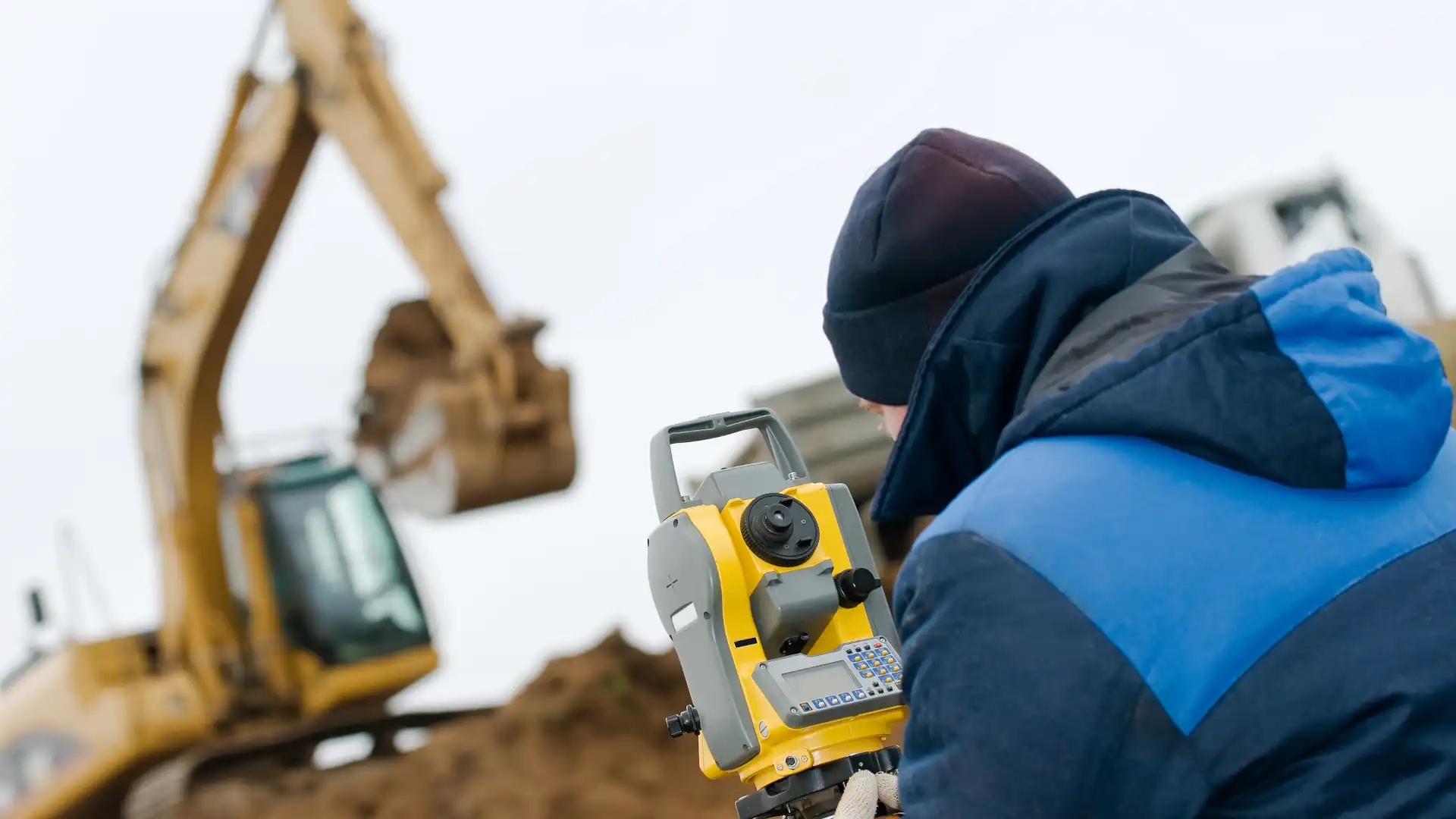
If you think land surveying is just about drawing lines on a map, think again. From marking out property boundaries to guiding massive infrastructure projects, surveying plays a key role in almost every stage of land development and construction.
But not all surveys are the same. Different jobs call for different tools, methods, and expertise. In this guide, we’ll break down the main types of land surveying, when they’re used, and how they help projects run smoothly, whether you’re building a fence or a subdivision.
Cadastral (Boundary) Surveys
If you’ve ever wondered whether your fence is in the right spot, a cadastral or boundary survey would give you a clear answer. These surveys define the legal boundaries of a property and are essential when buying or selling land, building near a boundary, or settling a dispute with a neighbour.
Cadastral surveys are tied to land titles and involve precise measurements, legal documentation, and sometimes council approvals. They’re especially important for subdivisions, resource consent applications, and any situation where accurate property lines matter.
Topographic Surveys
Topographic surveys map out the natural and man-made features of a piece of land. They are often the first step in construction or development, helping planners and engineers design with the land, not against it.
Topographic surveys are essential for projects like house builds, driveways, retaining walls, and stormwater systems. At Kiwi Vision, we use advanced tools like GPS, total stations, and drones to create detailed topographic maps tailored to your project needs.
Topographic surveys help you spot issues early, reduce design guesswork, and avoid costly changes down the track.
Construction or Set-Out Surveys
A construction or set-out survey is where the design plans hit the ground, literally. Once a design is finalised, surveyors head to the site and mark out the exact locations of key structures: foundations, walls, drainage, utilities, and more.
These surveys are essential for builders and contractors. They ensure that every part of the project is built in the correct location and to the right specifications. Mistakes at this stage can be costly, so accuracy matters.
We often work closely with project managers, architects, and engineers to make sure the set-out matches the approved plans down to the millimetre.

Engineering Surveys
Where topographic surveys show what’s already there, engineering surveys help bring the future into focus. These surveys provide critical data for infrastructure design, such as roads, bridges, utilities, and large-scale developments.
These types of surveys involve high levels of accuracy and often tie in with civil and structural engineering plans. Engineering surveys are used to monitor construction progress, guide earthworks, and ensure every element is built in the right place and to the right height. In short, if it’s part of a big build, this is the survey that keeps things on track.
Geodetic Surveys
Geodetic surveys deal with large-scale mapping and measurements over large distances, using satellites and global positioning systems to tie land features to the Earth’s shape.
These surveys aren’t usually needed for residential or small commercial projects, but they’re important for national mapping, GPS networks, and large infrastructure developments like highways or pipelines.
It’s a specialised field, but it forms the backbone of the modern mapping systems we rely on every day.
Subdivision Surveys
Thinking of splitting your land into two or more lots? You’ll need a subdivision survey. These surveys involve redrawing property boundaries to create new titles and often require a combination of cadastral, topographic, and planning expertise.
Subdivision surveys are tied closely to council requirements and resource consents. They also involve liaising with planners, engineers, and legal professionals to ensure each new lot is compliant, accessible, and ready for sale or development.
We’ve helped deliver subdivision surveys for everything from backyard splits to full-scale developments, each with its own set of rules and requirements.
Other Specialised Surveys
While the surveys above cover most land-based needs, several specialised survey types are also available and worth noting.
- Hydrographic surveys: Used for mapping underwater terrain, often in coastal or river environments.
- Mining and tunnel surveys: Designed for underground or high-risk locations where precision is critical.
- Monitoring surveys: Used to track land movement over time, especially on sloped or unstable terrain.
If you’re unsure what kind of survey you need, a quick chat with a professional (like us!) can point you in the right direction.
Choosing the Right Survey for the Job
No two projects are the same, and that’s why no single land survey method fits every situation. The key is matching the right survey to the right job, from the very beginning.
At Kiwi Vision, we offer a full range of land surveying services and can help you determine exactly what your site needs. Get in touch today to talk to our friendly team and start your project on the right foot.